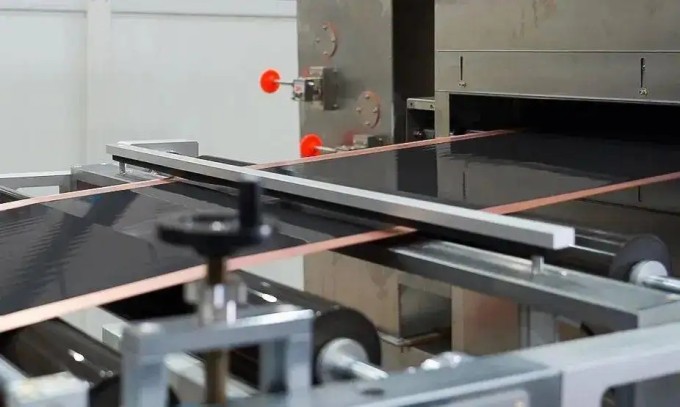Introduction:
The realm of lithium-ion battery production line has witnessed remarkable advancements with the evolution of pouch cell-making equipment. Pouch cells, characterized by their flexible and lightweight design, have become pivotal components in various electronic devices, electric vehicles, and renewable energy storage systems. This article explores the cutting-edge technologies behind pouch cell-making equipment, highlighting their role in revolutionizing the landscape of battery manufacturing.
1. Electrode Coating Technology:
Pouch cell-making equipment incorporates state-of-the-art electrode coating technologies. Advanced coating machines ensure the precise application of electrode slurry onto current collectors, allowing for optimal thickness control and uniformity. The result is enhanced energy density and improved overall performance of lithium-ion batteries.
2. Electrode Calendering machine:
The calendering process, a critical step in electrode preparation, has seen significant improvements in pouch cell-making equipment. Modern roll press machines offer greater control over the compaction of coated electrodes, enabling manufacturers to achieve consistent thickness and density. This enhances the mechanical integrity of pouch cells, contributing to their longevity and reliability.
3. Precision Stacking and Winding:
Pouch cell assembly is a delicate process, and the introduction of precision stacking and winding technologies has elevated the efficiency of this stage. Small stacking machines ensure the accurate alignment of coated electrodes and separators, while tabletop winding machines enable the formation of a tightly wound jelly roll configuration. These innovations enhance the structural integrity of pouch cells and improve manufacturing precision.
4. Injection Molding for Pouch Encapsulation:
The encapsulation of pouch cells has undergone a transformative shift with the integration of injection molding technology. Compact injection molding machines allow for the efficient encasing of wound electrode stacks in pouch-shaped housings. This not only streamlines the manufacturing process but also contributes to the design flexibility of pouch cells.
5. Formation Chambers for Performance Optimization:
Pouch cell-making equipment now incorporates advanced formation chambers for controlled charging and discharging cycles. These chambers play a pivotal role in optimizing the electrochemical processes within the cells, resulting in stabilized performance and improved overall efficiency.
6. Testing and Quality Control Integration:
Quality control is paramount in battery manufacturing. Pouch cell-making equipment includes integrated testing systems for voltage, capacity, and impedance. Real-time monitoring during the production process ensures that each pouch cell meets stringent quality standards.
Conclusion:
The technological advancements in pouch cell pilot equipment represent a paradigm shift in lithium-ion battery production. These innovations contribute to the development of more efficient, reliable, and high-performance pouch cells. As the demand for lithium-ion batteries continues to grow across industries, the evolution of pouch cell-making equipment stands as a testament to the continuous pursuit of excellence in energy storage technology.
No. 5 Nanshan Road, Huli District, Xiamen City, Fujian Province, China
 Subscribe to us
Subscribe to us ONLINE
ONLINE +86 13174506016
+86 13174506016 Louis@lithmachine.com
Louis@lithmachine.com +86 18559646958
+86 18559646958
 18659217588
18659217588

